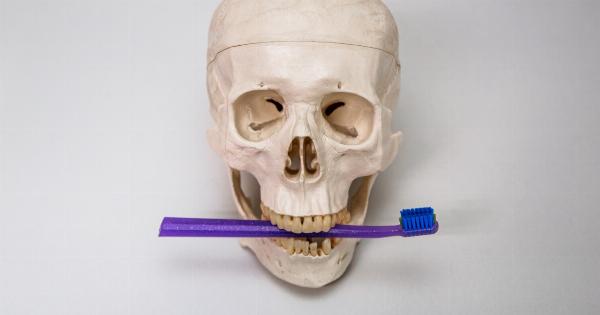As we age, bone health becomes increasingly important, and we need to take steps to protect our bones from loss of density and strength. One of the key ways to promote strong bones is through weight-bearing exercises.
Here, we’ll explore the importance of weight-bearing exercises for bone health and how you can incorporate them into your fitness routine.
What are Weight-Bearing Exercises?
Weight-bearing exercises are any activities that make you support your weight with your legs or feet.
These types of exercises are known to stimulate bone formation and help maintain bone density, making them particularly effective for improving bone health.
Some common examples of weight-bearing exercises include:.
- Walking
- Hiking
- Jogging
- Dancing
- Stair climbing
- Jumping rope
- Tennis
- Basketball
- Soccer
It’s important to note that weight-bearing exercises aren’t the same as weightlifting or resistance training, which involve using weights to build muscle.
While these types of exercises are also beneficial for bone health, they work in a different way than weight-bearing exercises.
How Do Weight-Bearing Exercises Benefit Bone Health?
Weight-bearing exercises stimulate bone growth and encourage the body to maintain bone density, which can help prevent bone loss and reduce the risk of fractures and osteoporosis.
When you perform weight-bearing exercises, the force of your body weight on your bones creates a small amount of stress on the bones. Over time, this stress leads to increased bone density, making your bones stronger and less likely to fracture.
Weight-bearing exercises also help improve balance and coordination, which can reduce the risk of falls and further protect your bones from fractures.
Additionally, weight-bearing exercises have been shown to improve overall physical fitness, which can also contribute to better bone health.
How Much Weight-Bearing Exercise Do You Need?
The amount of weight-bearing exercise you need to promote bone health can vary depending on your age, fitness level, and overall health.
However, most experts recommend that adults get at least 30 minutes of weight-bearing exercise on most days of the week.
It’s important to choose exercises that are appropriate for your fitness level and to gradually increase the intensity and duration of your workouts over time.
Aim to include a variety of weight-bearing exercises in your fitness routine, and be sure to incorporate strength training exercises as well.
What About Non-Weight-Bearing Exercises?
While weight-bearing exercises are particularly effective for promoting bone health, non-weight-bearing exercises can also be beneficial.
Non-weight-bearing exercises include activities like swimming, cycling, and using an elliptical machine, which don’t put stress on the bones but still provide cardiovascular and overall health benefits.
If you’re unable to perform weight-bearing exercises due to injury or other health reasons, non-weight-bearing exercises can be a good alternative.
However, it’s important to note that non-weight-bearing exercises alone may not be enough to promote optimal bone health, so be sure to speak with your doctor or a fitness professional about the best exercise options for your individual needs and goals.
Conclusion
Overall, weight-bearing exercises are a crucial component of a healthy fitness routine, particularly for promoting strong bones and reducing the risk of osteoporosis, fractures, and falls.
Whether you’re new to exercise or a seasoned athlete, incorporating weight-bearing exercises into your routine can help you maintain optimal bone health and overall physical fitness.































